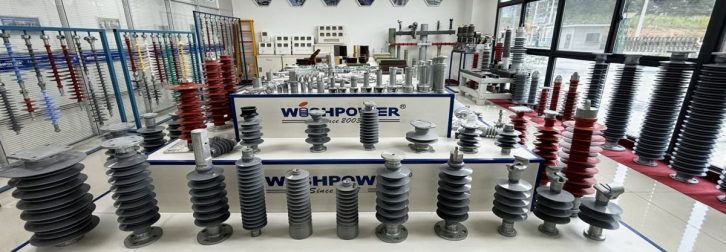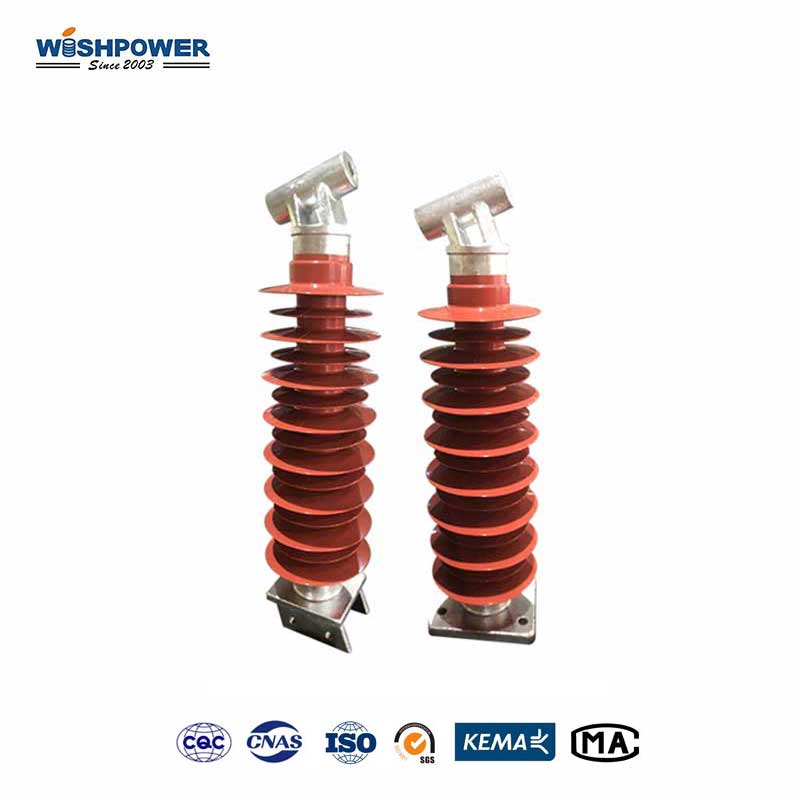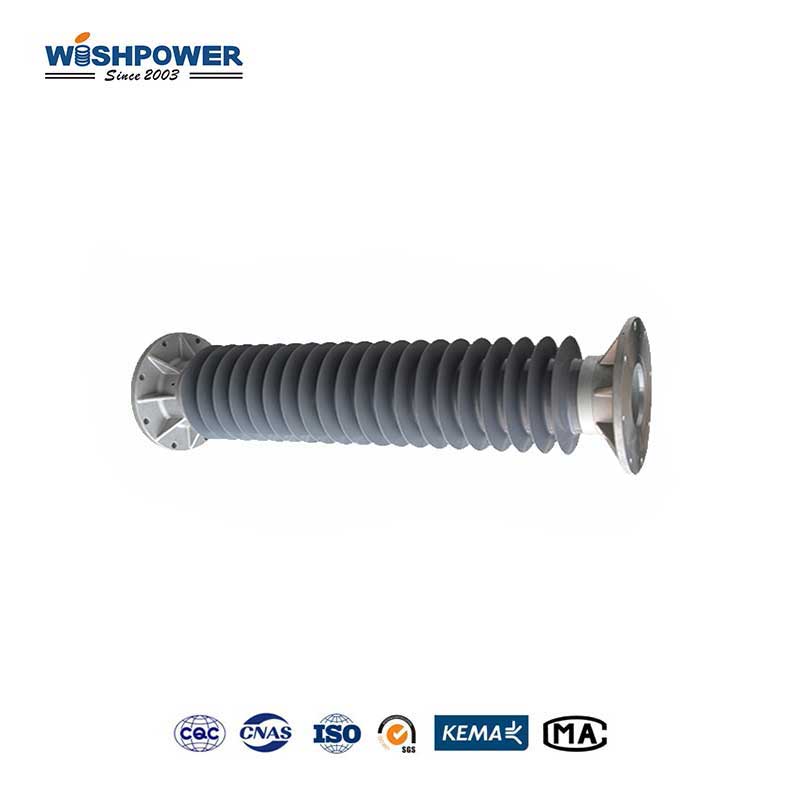
- HOME
-
PRODUCTS
Electrical & GridRail TransitGreen Energy & Energy StorageComposite InsulatorInsulator Tensioner – Insulator Wire Clamp for 35kV Overhead Line polymer insulator 400kv price Horizontal Line Post Insulator 25kV Railway Insulators for Catenary Systems USA polymer insulator manufacturing plant VIEW ALLPorcelain InsulatorCable Termination Porcelain Bushing Gas Insulated Switchgear Lead-out Porcelain Bushing Surge Arrester Porcelain Bushing Circuit Breaker Porcelain Bushing Instrument Transformer Porcelain Bushing VIEW ALLTransformers10kV level S22-M series fluid-immersed distribution transformer Amorphous Alloy Dry Type Transformer 10kV Level S13-M Series Fluid-immersed Fully Sealed Distribution Transformer Vacuum Pressure Impregnated Transformer H-Class Vacuum Pressure lmpregnated Dry Type Transformer VIEW ALLVoltage RegulatorJP Outdoor Integrated Power Distribution Cabinet Fast Switched Series Compensation Device DWK Substation Reactive Power Automatic Compensation Device DWK Outdoor High Voltage Reactive Power Automatic Compensation Device MSVC Reactor Type Reactive Power Compensation Device VIEW ALLCable Accessories Series (10KV~110KV)Screened Separable Connector Plug-In Type Termination(GIS Termination) Pre-molded/ Cold Shrink Joint Cold Shrinkable Outdoor/Indoor Cable Termination Pre-molded Outdoor/Indoor Termination VIEW ALLTransformer Accessories72.5-550kV FRP Capacitive Oil-SF6 Dry-Type Transformer Bushing 252-550kV FRP Capacitive Transformer Bushing (draw lead type) 145-170kV FRP Capacitive Transformer Bushing (draw lead type) 72.5-126kV FRP Capacitive Transformer Bushing (draw lead type) 52kV FRP Capacitive Transformer Bushing (guidebar type) VIEW ALLPorcelain Composite InsulatorSuspension Porcelain Composite Insulator Disk type Porcelain Composite InsulatorGlass Composite InsulatorDisk type Glass Composite InsulatorFor Transmission and Distribution LineLong Rod Tension Insulator Composite Hollow Insulator Line Post Insulator Wind Deflection Insulator Lightning Protection Insulator VIEW ALLFor electronic railway connecting net planeBus Post Insulator Disk type Suspension Hard Insulator Low Headroom Tunnel Insulator Overall Bracket Support Insulator AF Wire Hanging Long Rod Insulator VIEW ALLFor urban railway overhead contactComposite Insulator Rod Three-rail Bracket Insulator Strain Insulator Suspension Insulator Insulation Brace Insulator VIEW ALLSolar InverterLarge Three-Phase String Inverter Three-Phase String Inverter Single-Phase String Inverter Mini String Inverter Off-Grid Energy Storage Inverter VIEW ALLLithium-ion BatteryBattery Replacement Residential Energy Storage System TPR-2400/5100/5100S AccessoriesFRP Solar Framepolyurethane solar panel frameFRP Solar BracketOffshore solar bracket Tidal flat solar bracket Fisheries-Solar complementary solar bracket FRP ground supportSolar lightscustomized Solar Lights
-
MARKETS & SOLUTIONS
MARKETSSOLUTIONSTake a Tour of the Markets Wishpower ServeWishpower serves the needs of customers in a variety of market applications. From controlled environments of Electrical & Grid to the demanding continuity of the communications industry. See the major markets and building types below.Take a Tour of the Solutions Wishpower ServeEffective solutions yield significant benefits. Addressing challenges like energy conservation, security enhancement, and maintaining performance in tough conditions can all be achieved with the right approach. Experience the advantages of Wishpower's solutions.
- CASE STUDY
- FACTORY TOUR
- BLOG
- ABOUT US
















